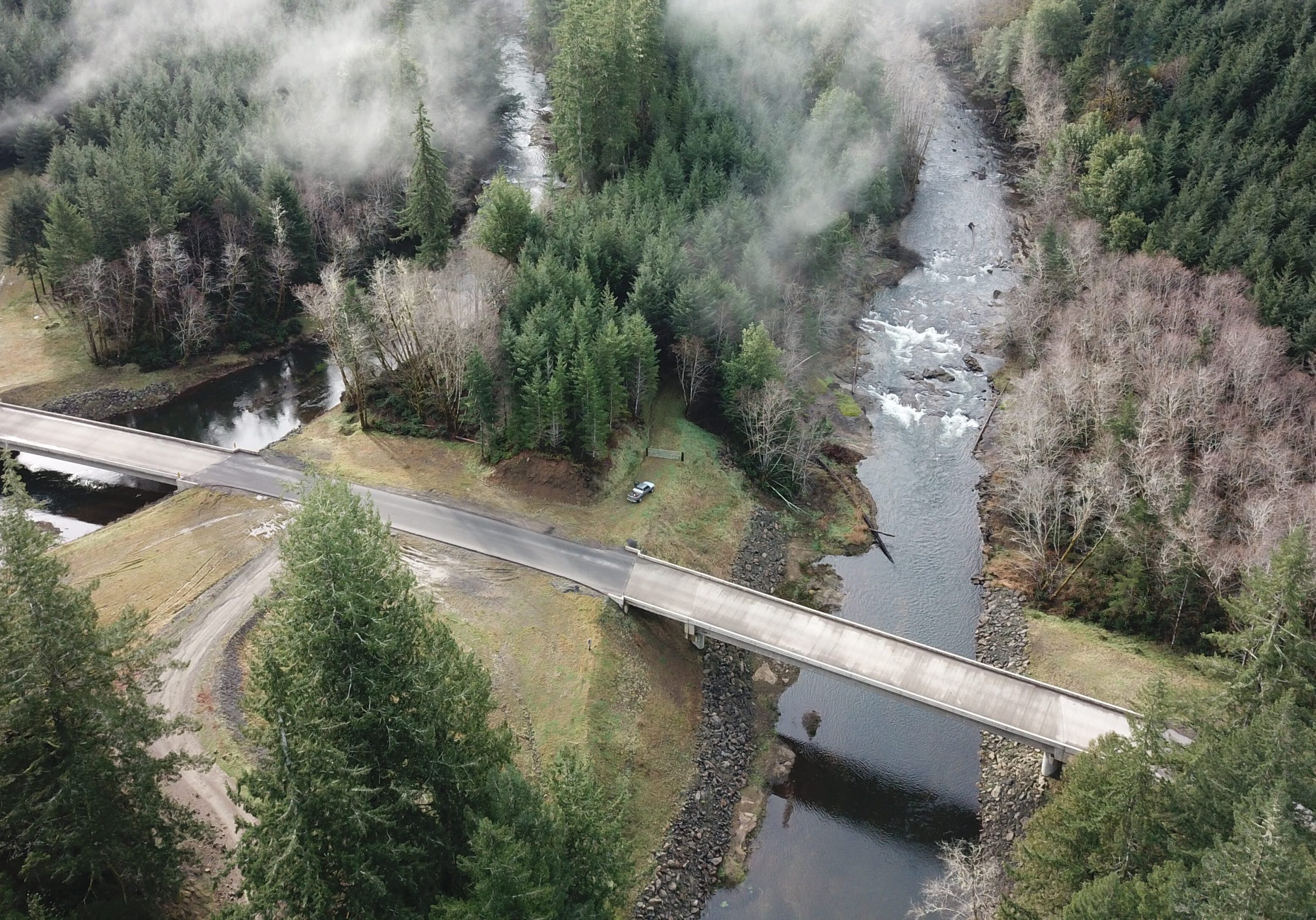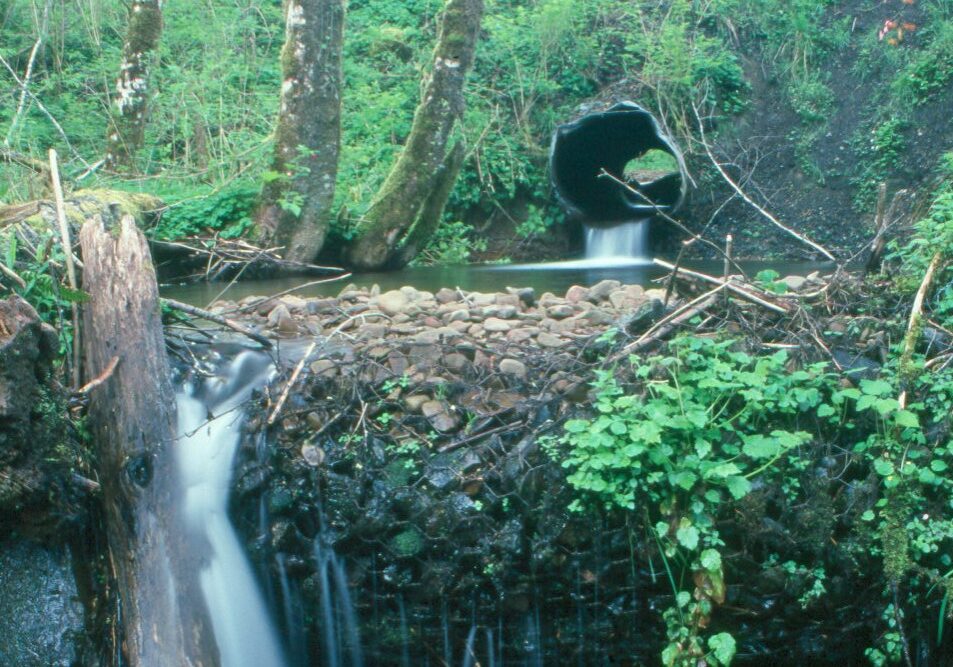See Us in
Action!
Discover how community-driven stewardship transformed Willanch Creek into a model of economic and environmental success. This video takes you through the innovative approaches and collaborative efforts that balance sustainable growth with nature’s wellbeing. Watch as local expertise and vision create lasting impact on our watershed.
Fish Passage

Barrier removal reconnects critical upstream habitats
Salmon depend on many different habitats during their journey between rivers and ocean, such as upstream, gravel-lined streams for spawning; lowland, slow-moving tidal areas for rearing; and deep shaded pools and side channels along the way to hide from predators. Barriers such as undersized culverts or tide gates can cut off passage to these critical habitats. We often have the chance to remove these barriers and restore natural stream flow by working with landowners to upgrade, resize, or remove failing culverts and tide gates. In addition to improving fish passage, barrier removal also restores hydraulic function and gravel and debris transportation, which improves the overall health and function of the stream.
Sediment Reduction

Sediment reduction improves water and habitat quality
When sediment enters streams in large concentrations, it blankets gravel beds, fills in pools, and has catastrophic impacts on aquatic life. This is especially problematic when a source adds sediment continuously over time, such as a road with poor drainage or limited filtration between the road and stream. CoosWA works to reduce these impacts by building larger vegetated buffers around streams, expanding the number of drainage features (culverts, etc.), and increasing the size of stream crossing culverts to reduce the possibility of plugging and complete failures.

